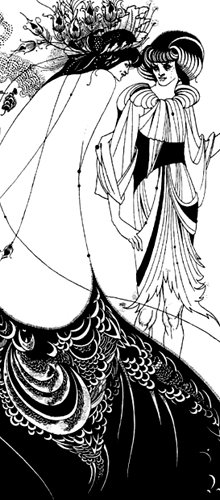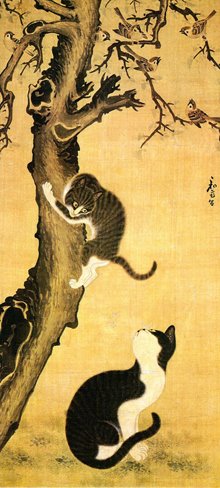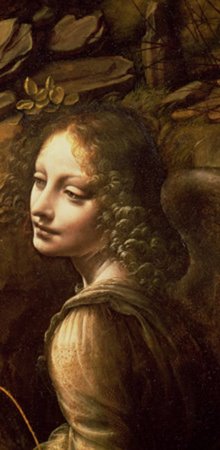
 The Officer and Laughing Girl
The Officer and Laughing Girl
Jan Vermeer was a 17th-century Dutch painter who painted mostly paintings depicting domestic scenes and seemingly confined spaces with great care and, in my opinion, dreamily touch. His works, rare and surprisingly unnoticed for centuries after his death, were rediscovered by the art critic Thoré Bürger in 1866; today, Vermeer is one of the most celebrated painters of the 17th-century Netherlands.
Interestingly, he also painted many maps, which are executed with surprising detail.
Because the maps in the paintings were created with their west direction facing up, they can be quite puzzling to the modern eye when initially viewed. Two of the maps present in the paintings shown portray the Netherlands, and when the maps are rotated so that their north direction is facing up, they are more recognizable. The map in the painting the Officer and Laughing Girl is rotated as an example.
According to the paper titled Vermeer's Maps: A New Digital Look in an Old Master's Mirror, maps or cartographs were expensive yet popular in the 17th century Netherlands because they were viewed as indications of humanistic learning and scholarly interest in geography. The particular map in the painting the Officer and Laughing Girl is identified to be made in 1620 by Balthasar Floriszoon van Berckenrode, and the title of the map reads, "NOVA ET ACCVRATA TOTIVS HOLLANDIAE WESTFRISIAEQ.(VE) TOPOGRAPHIA," meaning New and Accurate Description of the Topography of the Whole Holland and of West Friesland.
Vermeer lived when the Dutch traders dominated the European sea trade and brought great prosperity to the Netherlands. Probably he was keenly aware of how the maps contributed and played very important role for his nation.
Reference: Livieratos, Evangelos, and Koussoulakou, Alexandra. "Vermeer's Maps: A New Digital Look in an Old Master's Mirror." e-Perimetron, Vol 1, No. 2, Spring 2006











